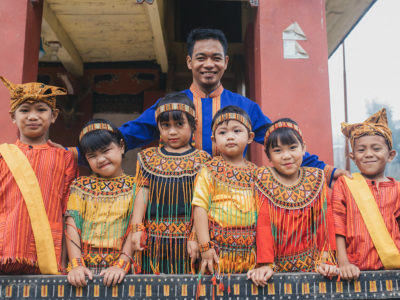
3 Stories That Show the Importance of Pastors
We are constantly in awe of everything our staff members do to help release children from poverty in Jesus’ name. But we also know that some of the most important contributions to our mission come from people who will never be found on a Compassion staff list: the pastors of our frontline church partners.
Be inspired by these stories of pastors and their work on behalf of Compassion around the world.
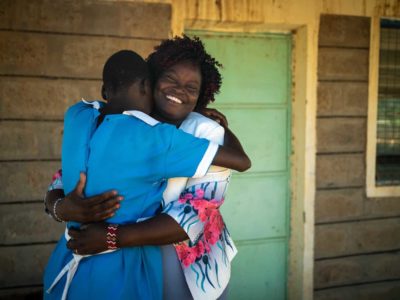
The Radical Runaways: Inside an FGM Rescue Center for Girls
Florence’s rescue center has saved more than 413 girls from female genital mutilation (FGM) and early marriage. The Kenyan schoolteacher’s lifelong crusade against FGM began with her own narrow escape as a child.
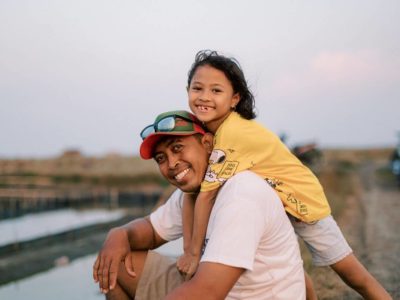
How Salt Saved the Day in This Indonesian Village
Salt is a highly sought-after commodity in the Indonesian village where Filia lives. Her father, Bagus, leads and mentors an income generation program for new farmers, initiated and funded by the local Compassion center.

Who Goes Christmas Shopping for Kids in Compassion’s Program (and why NOW)?
If you’re a Compassion supporter, you may have already received a letter or email reminding you to send a Christmas gift to Compassion kids this year. Why so early?
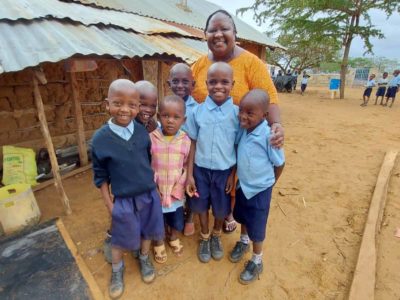
“Giving Thanks Lightened the Burden in My Heart”
When I reached out to our staff across the globe to share messages of gratitude for Compassion’s Prayer Calendar, I didn’t expect to be as touched by their stories as I was.
The letter below is from Susan, who works in our Compassion Kenya office. She shares the impact of shifting from a heart of frustration to a heart of gratitude – and what that does for her spirit.
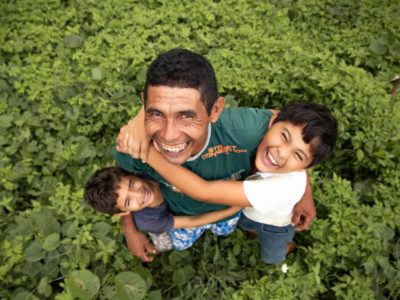
The Story of a Devoted Father and His Boys
“My dad does everything for me! … I love him so much. One day I asked him to buy me ice cream and even without much money, he managed to buy it for me,” exclaims Davi about his father, Damião.
Upon hearing his son’s words, a tear falls from Damião’s eyes. In their culture, men rarely cry in front of others. But in the last few months, crying has been a normal part of Damião’s life.
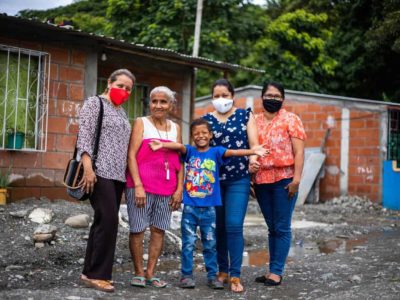
It Takes a Village: Meet Staff Who Live Out the Call for Community
I’ve always loved the sentiment “It takes a village.” To me, those four words encapsulate the most powerful aspect of human growth and development: community. We all have a village surrounding us. And so does each and every child in the Compassion program.
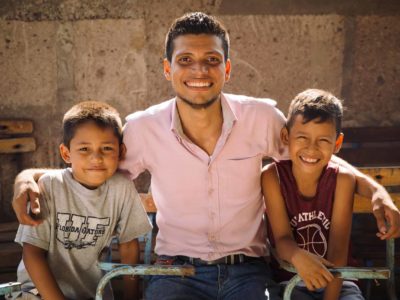
How Does Sponsorship Help Kids Emotionally?
Poverty places children at physical risk, but it also places them at risk of damage within. It robs them of the belief that they matter, that they have value and that they can dream of — and achieve — a different future. Breaking down destructive thought patterns and helping children see themselves for who they really are — beloved by God and capable of changing their circumstances — is vital to helping them break free from emotional poverty. But it isn’t easy.
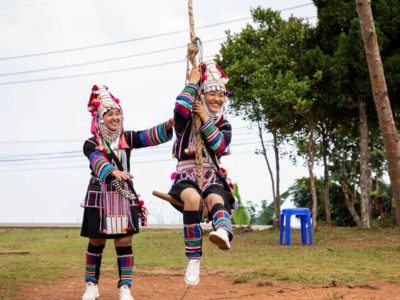
How Local Churches Help Celebrate Local Traditions
Compassion works exclusively with local churches — and for good reason. We believe no global entity is more capable, caring and called to act on behalf of children in poverty than the Church. On top of this, local churches are often also at the center of festivals and local traditions that are crucial to the fabric of the unique culture in which they exist. So … let’s take a glimpse into how local churches around the world go above and beyond to make registered children feel loved, appreciated and protected.
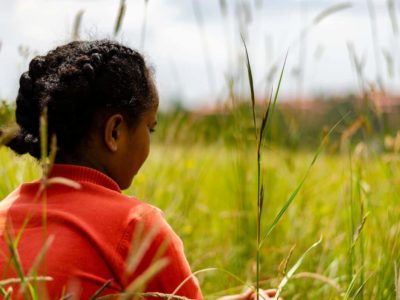
How a Brave 12-Year-Old Girl Escaped Child Marriage
Yerosen* shudders every time she remembers that day — the last Thursday of May 2020. As much as she tries to forget the three months she spent in the hands of her abductor, the nightmare still haunts her. It probably always will.
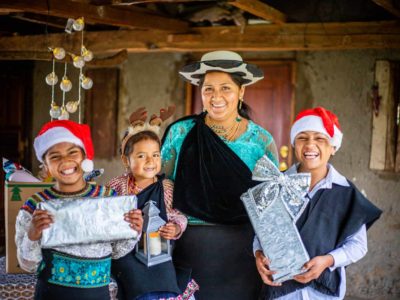
The Thoughtful Christmas Surprise That Relieved a Worried Mom
Jenny was worried. The mother of three had been working daily in the fields, trying to recover what little remained of her corn crops after they were pummeled by hail. But the damaged crops weren’t even her biggest concern — it was the approaching Christmas without her husband. As Jenny wondered what the holiday would be like without him — and whether her family would have enough to eat — staff at her children’s Compassion center were planning a beautiful Christmas surprise.
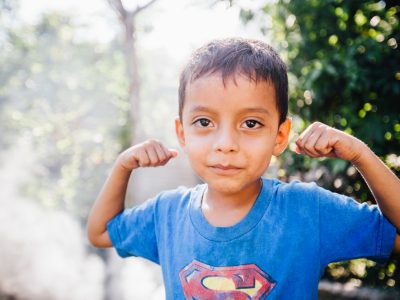
Inspiring Stories of Bravery and Courage
“It is easy to get discouraged in a world full of evil, murders and lack of opportunity. It is easy to take our eyes off God and see our weakness and limitations. But with God, there are no limitations.” These are the wise words of 17-year-old Compassion student, Meryl. She’s our inspiration for these curated stories of courage and bravery from around the world.


